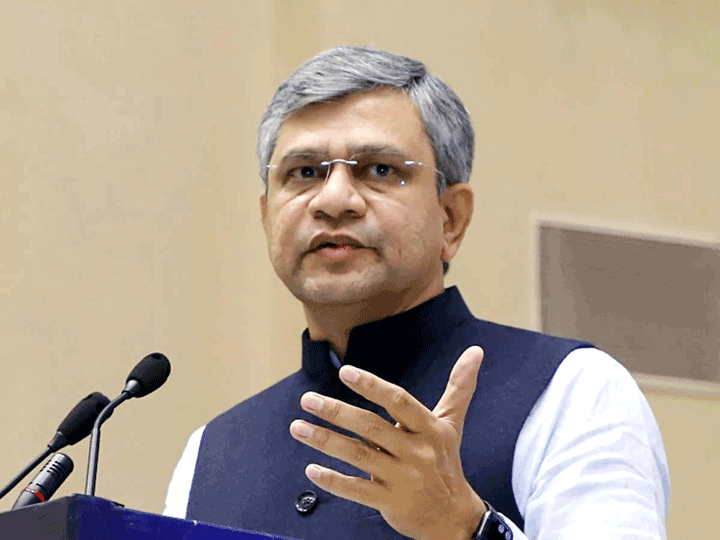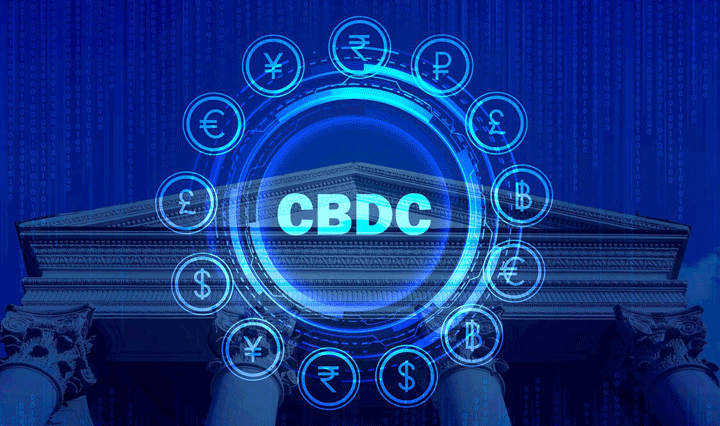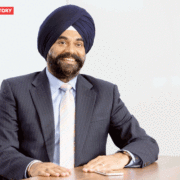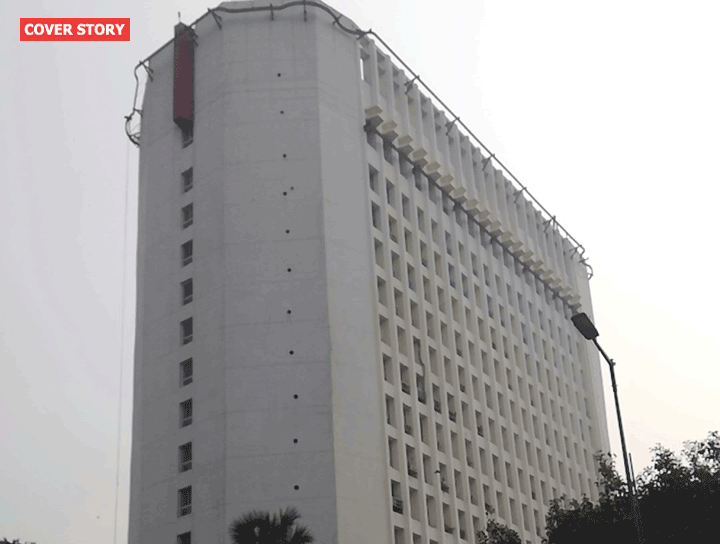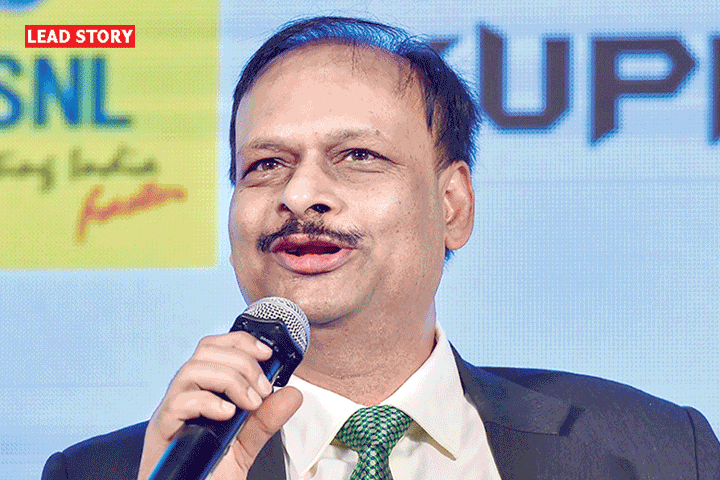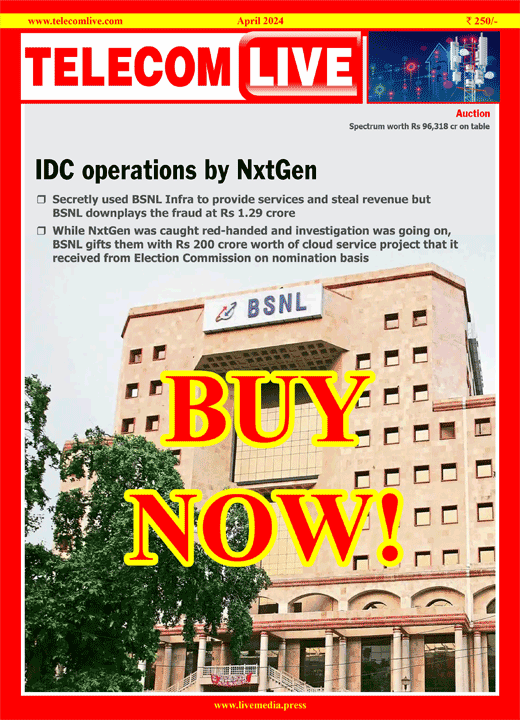IBF rebuts TRAI on multiple tariff-related issues including bouquet discount
The Indian Broadcasting Foundation (IBF) has refuted Telecom Regulatory Authority of India’s (TRAI) criticism that broadcasters are resorting to heavy discounting to push bouquets.
In its submission to the TRAI on the consultation paper ‘Tariff related issues for Broadcasting and Cable services’, the IBF submitted that only 1 bouquet out of the 331 bouquets offered by top five broadcasters has a discount higher than 65%. It further stated that 15% of bouquets have a discount that is less than 35%, and 66% have a discount that is 50% or less.
The IBF also pointed out that higher discounts ultimately benefit the consumer, as it delivers better value for money.
The foundation, which is the apex body of pay-TV broadcasters in India, contended that bundling of TV channels, by enabling ad revenue to defray content costs, has also expanded consumer choice from 212 TV channels in 2005 to 880 TV channels in 2018.
It pointed out that the ad revenue has prevented the ‘pass-through of content costs’ to subscribers and has reduced the average monthly TV bills in India by 81% than they would otherwise be without bundling.
In August while calling for a full-scale review of the new tariff order (NTO), the TRAI had alleged that the broadcasters have misused the flexibility on bouquet discount to throttle market discovery of TV channel prices by giving huge discounts on the bouquets.
The TRAI had observed that broadcasters are offering bouquets at a discount of up to 70% of the sum of a-la-carte rates of pay channels constituting those bouquets.
The IBF also argued that ‘Bundling of channels’ provides better service to subscribers allowing more consumer choice, variety and differentiation for subscribers.
The foundation also challenged the TRAI’s view that the channels that are subscribed to by the consumer but not frequently watched or not watched at all, are unwanted channels. This notion, it added, is a wrong analysis of consumer choices.
“Since more than 95%% homes in India are single TV homes, these households have to choose channels keeping in mind the requirement of all family members,” the IBF said in its submission.
On the authority’s charge that the large number of bouquets offered by broadcasters has created confusion in the minds of subscribers, the IBF clarified that the number of bouquets offered by any network at a specific consumer level is limited.
“The apparent complexity is not because a broadcaster is offering too many bouquets, but stems from the fact that given the varied, competitive landscape of the broadcast industry, consumers have bouquets of different broadcasters to choose from, which expands the choice set available to consumers,” the IBF said.
It further stated that the large number of bouquets is due to the regulatory demand of having separate SD and HD bouquets. The second consumer variable factored in is whether it is a single or multi language home.
The IBF contended that the TRAI’s assumption that choosing channels a la carte is a consumer preferred and friendly route is not backed by facts. In fact, it added that bouquets have been firmly established as the preferred route by consumers across the world.
Further, the IBF submitted that the regulator had directed DPOs to offer a ‘best fit’ plan to their subscribers to encourage them to transit to the NTO which the DPOs did by offering bouquets. It added that the authority cannot approbate and reprobate: on one hand use bouquets to incentive transition and after the transition is complete, argue that bouquets are not consumer friendly.
According to the IBF, the crux of the matter is the inability of the cable ecosystem to deliver end to end service to fulfill the requests of the consumers. Unlike cable, DTH players have provided choice to the customers and reaped the benefits.
“The DTH subscriber base has grown more rapidly post the NTO rollout, at an annualised rate of 12% in the first six months. And this is largely because of the better customer service provided by DTH, even though the pricing is now exactly the same as it is for the cable ecosystem,” it asserted.
The IBF suggested that to make it easy for consumers to get their channel choices in the cable ecosystem, the focus of the MSOs/LCOs should be to invest in the backend infrastructure which facilitates this. The Authority should insist on such infrastructural changes in consumer interest.
It also submitted that the sum of all a-la-carte prices of channels has significantly decreased for subscribers when compared to the previous regime. “Despite such a significant decrease in a-la-carte prices nearly 80% of subscribers are still choosing to procure bouquets. This shows that the preference of Indian consumer is bouquets, irrespective of the low price of a-la-carte channels.”
The foundation also noted that the consumers and the distribution platform operators (DPOs) have benefitted more from the NTO than the broadcasters.
“The fact is that the consumers have benefitted from a transparent retail regime which informs the customer of all the applicable prices as well as the options it can avail, while the DPOs have benefitted from the assured revenue provided in the new regulations and tariff order.”
It also stated that the introduction of network capacity fee (NCF) of Rs. 130 plus 18% GST (Rs. 153.40 post-GST) as the base price for getting any set of channels is responsible for the increase in cable/DTH bills.
“Because of this forced pricing, certain segments of consumers and especially the lower income consumers will find the price of channels to have increased in the NTO,” it added.
The IBF averred that TV, event post-NTO, remains the cheapest and richest form of information and entertainment for any home.
The foundation also warned that any restriction on pricing or bouquet would compel the broadcasters either to reduce the quality or the quantity of the content or the number of TV channels or to raise the prices. It will also amount to infringing on the fundamental rights of the broadcasters.
On the TRAI’s question whether the 15% discount cap on bouquets should be re-introduced, the IBF pointed out that the said clause was set aside by the Madras High Court and the TRAI’s special leave petition seeking to reverse the finding that clause 3(3) was arbitrary was not entertained, and dismissed as withdrawn in the Supreme Court.
“Hence, the said provision has been set aside and effectively not included within the 2017 Tariff order and the 2017 Regulations. Hence the cap on discount on a sum of a-la-carte channels forming part of the bouquets cannot be reintroduced, as it would be contumacious of the order of the Hon’ble Supreme Court, whereby the Special Leave Petition of TRAI on this very aspect stood withdrawn,” it stated.
In response to a question whether the pricing of the individual channels in a bouquet gets hedged while opting for a bouquet of channels by subscribers, the IBF answered in the negative. It stated that the principle enshrined in the regulatory framework is deriving the price of a bouquet based on the a-la-carte rates of the channels, and not otherwise.
The IBF urged the TRAI against tinkering with the NTO as it has still not fully settled down. Further, it noted that the consumers are now more aware of their rights and have been choosing channels rationally. Choices for channels on ala carte basis have also increased in respect of the majority of our channels.
“Further time would have to be given so that consumers can take their own decision in the selection of the channels which they desire to view. The Authority, acting in haste, is seeking to conclude what actually cannot be reasonably seen or perceived at this stage,” it stated.
It also submitted that there is no question of reviewing this right of the broadcasters/distributors to offer bouquets to subscribers. The manner in which the channels are presented to the subscribers is a prerogative of the broadcaster itself.
In response to another question, it submitted that there is no mechanism in the regulatory framework at this stage which can assist or suggest that the broadcasters can identify any household which has an additional connection, thereby enabling the broadcaster to even think of offering any such discounts.
“Hence at the present stage differential MRP by the broadcasters for multiple TV connections should not be allowed,” it stated.
It also submitted that allowing DPOs to offer discounts on long term subscription cannot be a possible option as subscribers are identified by active set top boxes and the possibilities of manipulations cannot be ruled out. This further has to be coupled with the consumer’s choice, which is always subject to change on a month on month basis.
It also requested the authority to enforce compliance and implementation of the QOS regulations. The IBF said that it is necessary to effectively implement the audit provisions in the interconnect regulations requiring DPO to commence their annual audits.
“8 months have already elapsed post implementation of the new regulatory framework, wherein the entire exercise of carrying out audits will be rendered futile if the said audits are not conducted without any further delay.”
It also pointed out that it will not be feasible to conduct audits and evaluate reports submitted by approximately 1000 distributors in the last quarter of the calendar year i.e. October 2019 to December 2019 by the 9 Auditors empaneled by the authority so far.
“Any failure to conduct audits immediately will not only fall short and be in violation of the mandatory provisions as laid down in the Regulations but will also result in huge losses to the entire industry, the broadcasting service providers and the government exchequer.”


